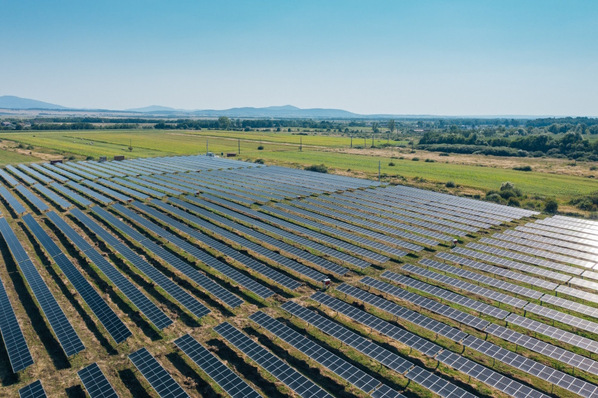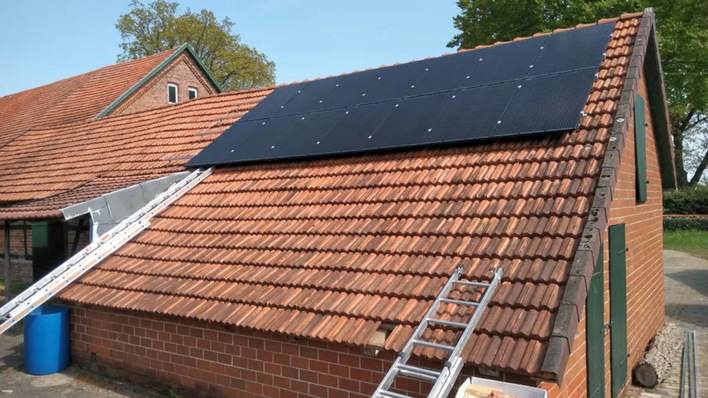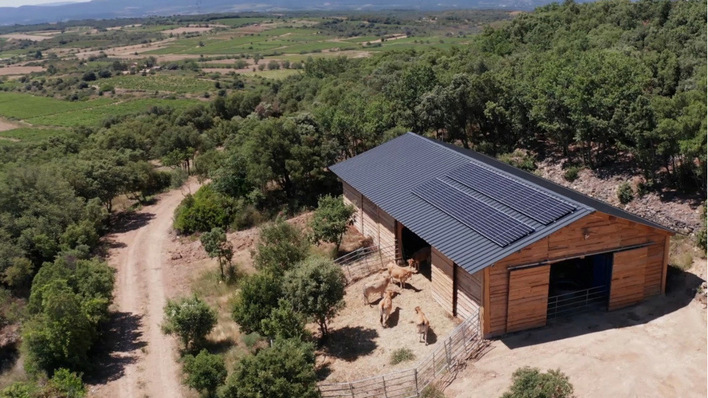An important milestone is the first company-owned wind farm Forst-Briesnig II with an output of more than 100 megawatts. Construction of the park with 17 wind turbines on a recultivated area of the Jänschwalde opencast mine is scheduled to start in spring 2024, with commissioning scheduled for 2026. The wind turbines will then be able to supply electricity for the equivalent of 270,000 households.
See also: Combined solar and wind park in Western Jutland
Overall, LEAG green energy projects totalling more than three gigawatts are now at an advanced stage of project development, explains LEAG. However, the extensive project pipeline of LEAG and EPNE extends much further with more than 200 projects: according to the plan, up to seven gigawatts of renewable electricity generation should be part of the portfolio of Germany's second largest electricity producer by 2030. And by 2040, it should actually be up to 14 gigawatts.
The largest energy transition project in Europe
In parallel to the large-scale expansion of wind and solar power plants, new storage solutions such as battery storage units, thermal storage units and hydrogen-capable power plants are to be built at LEAG's power plant sites. Intelligent control of the plants and modules should ensure the high efficiency of the network. "This year, LEAG and EPNE are entering the construction phase with five wind and solar projects totalling over 300 megawatts, thus setting in motion the systematic transformation of the Lusatian energy region. We are expecting approvals for over 500 megawatts of joint projects this year," says Dominique Guillou, Managing Director of EPNE.
Also interesting: MET: How AI supports extension of a solar park
Another lighthouse project, the Bohrau energy park in the neighbourhood of the Forst-Briesnig II wind farm, is also scheduled to start implementation in the first half of 2024 with the first construction phase (133 megawatts of solar park). The energy park is expected to provide a total of 400 megawatts of solar power, which corresponds to a supply capacity of around 400 gigawatt hours. This makes it one of the largest solar parks in Germany. Commissioning of the first construction phase is already planned for next year.
Floating PV plant with 29 megawatts
The solar projects scheduled to go online this year include the Boxberg solar park with 25 megawatts, the Haidemühl solar park with 22 megawatts and the Jänschwalde I landfill solar park with 31 megawatts. Depending on the progress of the flooding work, construction could start this year on the 29-megawatt floating PV plant on the former Cottbus-North open-cast mine and future Cottbus East Lake. All green energy projects will be developed and implemented in consultation with the neighbouring municipalities. LEAG sees local green energy as a decisive location factor when it comes to attracting industrial and commercial companies. Green heat supply and green mobility are then decisive factors with which the municipalities can score points. (nhp/mfo)








